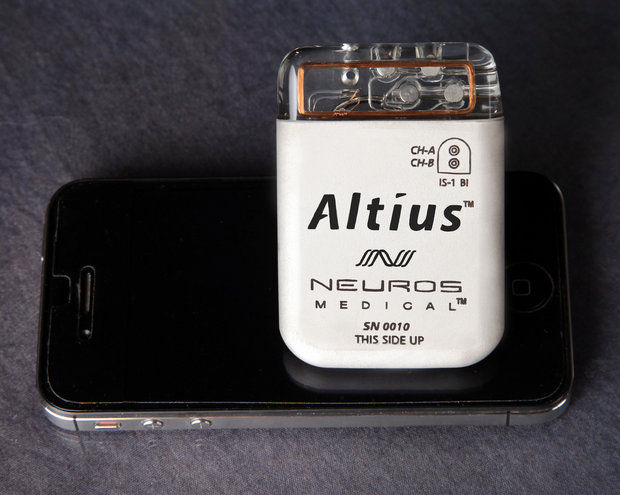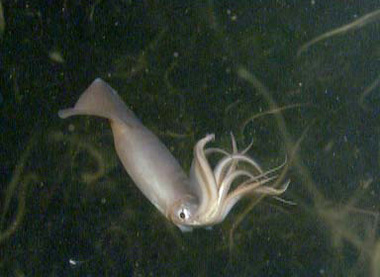NASA Glenn Research Center – 75 Year Anniversary ? CLEveland, Ohio
To salute the NASA “Perseverance” mission that successfully landed on Mars on February 18, 2021, here’s a video of the open house at the NASA Glenn Research Center 75th Anniversary celebration in 2016 featuring rockets, the test facilities, gigantic wind tunnels, displays and activities. Visitors were guided through world-class facilities where we saw technologies […]
NASA Glenn Research Center – 75 Year Anniversary ? CLEveland, Ohio Read More »




